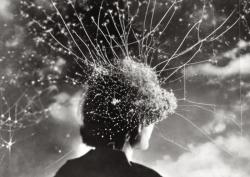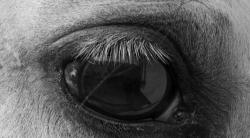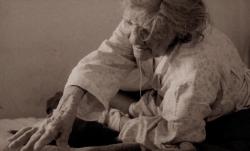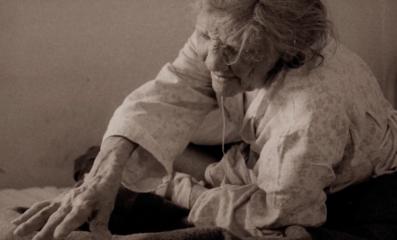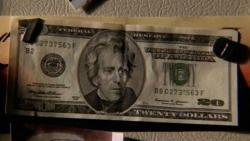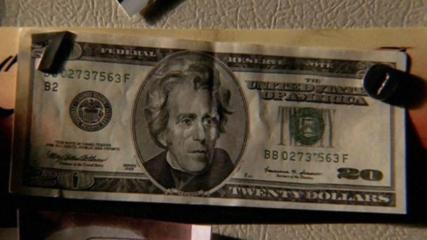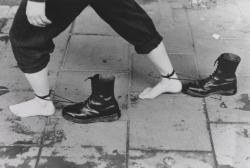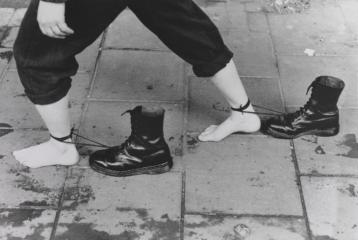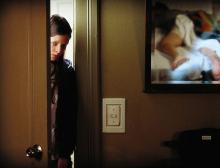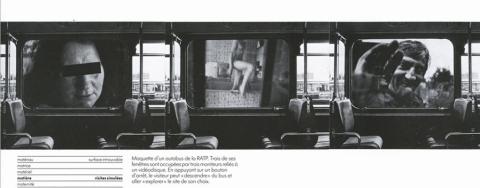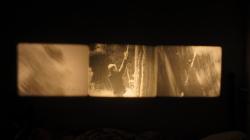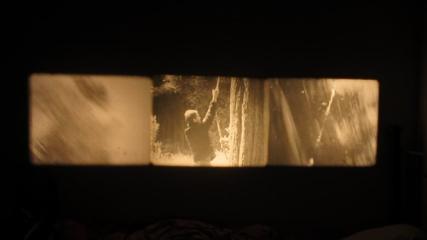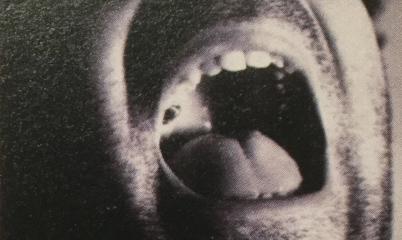Image device
Andrea Soto Calderón
05.06.2019
Andrea Soto Calderón
Wednesday 5th June, 7 pm. Virreina LAB
Free entrance. Limited places
In this session we will propose an analysis of the categorical diagnosis that affirms the accordance between images and consumption as an expression of late capitalism. In this respect, a reflection is elicited about what we mean when we say that the image can be understood as a device and the complex fabric that this device articulates, along with the type of operations that sustain it. Which poses a twofold challenge. In order to reach a closer understanding of how to desecrate our devices it is necessary to re-visit the quintessential device from which images have been perceived: classical perspective. As we are reminded by Nicholas Mirzoeff (1999), perspective was not always a system that fixes an angle of sight; rather, it was a community fabric of figurative strategies. It was the Renaissance that introduced this political operation into the way of understanding and producing perspective as a framework that gives shape and defines what can be seen. This normalisation of perspective is the immediate and necessary forerunner of the panopticon, as the onset of disciplinary society.
It is not a matter of joining ranks with the so-called age of post-truth where all material reality seems relative, where anything can be endorsed in the name of subjective judgements, but of establishing material relationships with images. All critical relationships with present-day images involve, on the one hand, working with the actual infrastructure and apparatisation of the seen, and on the other, an urgent need to experiment with devices in order to enable us to multiply our gazes, multiply images, return their floating power that resists being subjected to a single angle of sight.
Andrea Soto Calderón, holds a PhD and is currently researching the relationship between the image and fiction at the University of Paris VIII. She currently teaches aesthetics and the theory of art. Her research focuses on the transformations of the aesthetic experience in contemporary culture, artistic enquiry, the study of the image and the media, as well as the relationship between aesthetics and politics.






![Dibujo, Demostración de perspectiva, dibuix d'un llaüt, Alberto Durero [1471-1528] Dibujo, Demostración de perspectiva dibujo de un laúd, Alberto Durero [1471-1528]](/lavirreina/sites/default/files/styles/gallery_images/public/2019-05/3.-Demostracion-de-perspectiva%2C-dibujo-de-un-laud-de-Alberto-Durero-1471-1528-W.jpg?itok=TzJjrBtL)
